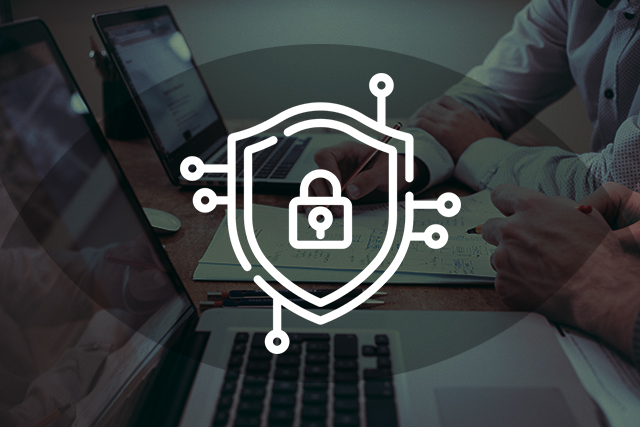passwords
Overcoming IoT data integration challenges: Navigating the complexity of connecting a diverse network
As the Internet of Things (IoT) grows, so do the challenges of integrating data from various devices and systems. IoT devices generate vast amounts of data, but integrating and analysing this data can be complex and difficult, especially given the diversity of devices and data formats involved.
Read moreBusiness fears: The need for better security in the Internet of Things
Cybersecurity in business is often overlooked, underfunded or simply not given enough thought. Though recent research by Avast Business found that 96% of SMBs are concerned about malware and ransomware, the ‘it won’t happen to us’ attitude is still just as prevalent as the underlying fear of being hacked.
Read moreIntercede and MobileIron partner on solution to secure and protect Government employees and data
Digital identity and mobile credentials provider Intercede announced an integration with MobileIron, the security backbone for the multi-cloud enterprise, on a new derived credentials solution to secure and protect U.S. Federal Government employees and their data.
Read moreSkyhigh Networks reveals sophisticated cyber attack campaign on enterprise Office 365 users
Skyhigh Networks, the provider of Cloud Access Security Broker (CASB) platform, announced it has detected and remediated one of the first examples of an operationalised cloud-to-cloud threat in the enterprise. Attackers used popular cloud service platforms to conduct a persistent attack to log into corporate Office 365 accounts.
Read moreIndustrial IoT: Walk before you can run
Successful IoT projects are security driven and focused on business needs, says Ben Boswell, UK & Ireland director of World Wide Technology.
Read moreThe importance of security in an IoT world
In October 2016 the world received a harsh wake-up call about the importance of IoT security, says Shane Buckley, CEO of Xirrus.
Read moreDDoS via the Internet of Things – the first wave of attacks?
In the last year, we’ve all heard of the Mirai malware, but did you know that Mirai is Japanese for ‘the future’? And that’s what I believe we are seeing: The future of cyber-attacks.
Read moreA ‘common security model’ against typical hazards in the IoT
Up to now, individuals have generally been using a dedicated computer for work; now, however, the Internet of Things (IoT), with billions of networked devices that are for the most part not monitored by humans, presents enormous inherent security risks.
Read moreThe evolution of Mirai could spell trouble for Windows business and home users
The infamous Mirai malware is now capable of targeting Windows systems, according to researchers at an antivirus firm. The original version of the malware was discovered in August 2016 and was used by cybercriminals to create botnets of infected Internet of Things (IoT) devices.
Read moreDefault passwords are the routers of all evil
All these Mirai BotNet stories can’t be helping the IoT industry can they? Still, on the basis that all publicity is good publicity, perhaps some good will come out of the recent network hijackings.
Read moreDon’t let security ‘shock stars’ ruin M2M
Have you noticed how Security seem to think they’re the new rock and roll now?
Read moreWhy the Internet of Things is a can of worms and how to keep it sealed
Innocuous devices that the Internet of Things search engine Shodan recently found to be vulnerable to cyber attacks include a teddy bearable to remotely send voice messages and a doorbell with a video monitor that can be remotely accessed by a phone. Unchanged default passwords and poor app configuration were discovered as the most prominent
Read moreFive years out – What doesn’t matter in the Internet of Things any more?
I had a great discussion the other day on the present and future state of the IoT. Much of the discussion focused on monetisation, as it often does these days., says Dr. Scott Nelson of Logic PD. I recounted the most recent WSJ article on the IoT bubble and the author’s less than surprising advice
Read more













